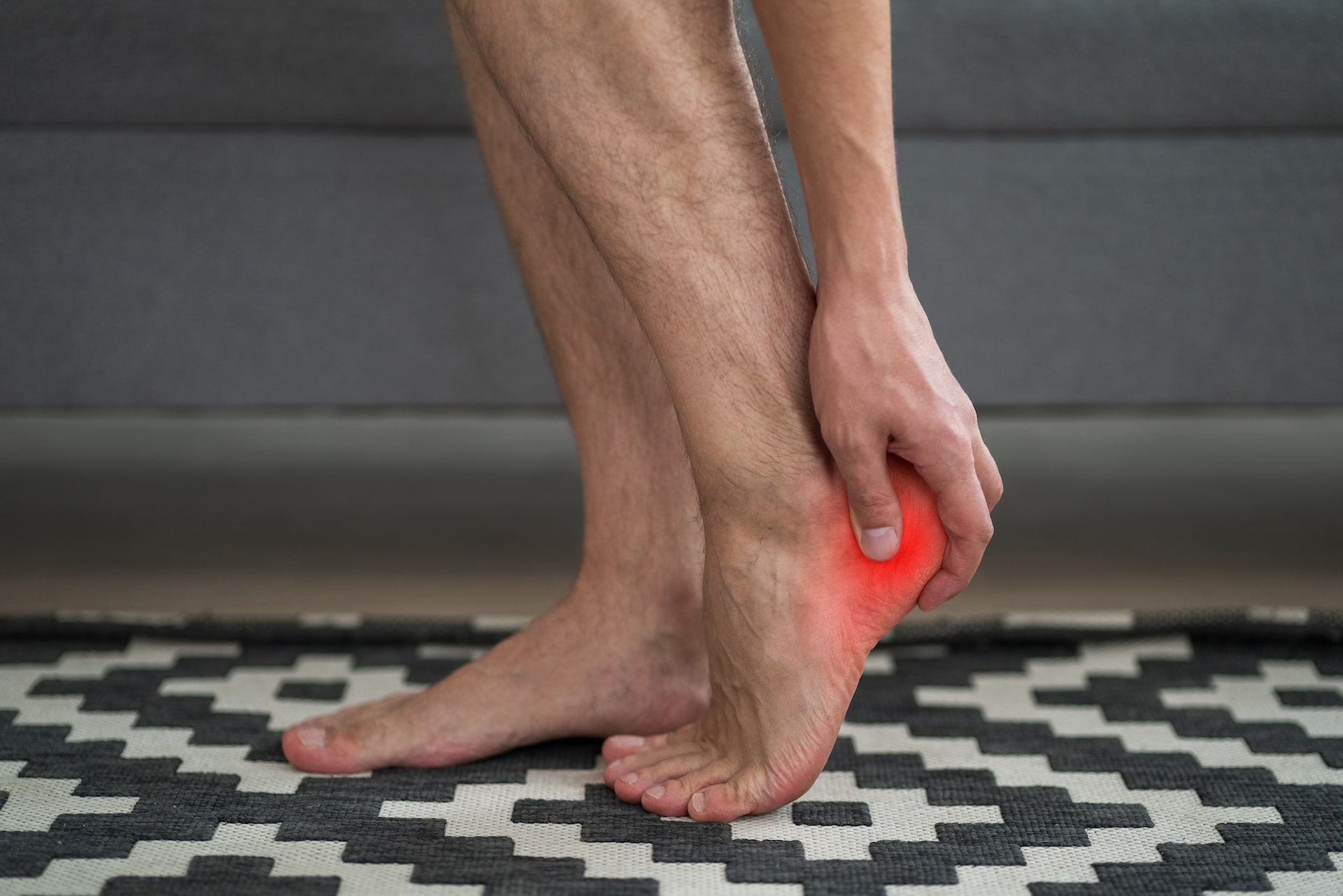Do you frequently suffer from one or more foot surface tension wounds? Take a look at these tips to overcome your foot problems so you can continue to devote your time to the track or field.
Blisters
Most blisters are caused by a combination of friction and excess moisture due to wet weather conditions or sweaty feet, or by wearing shoes that are too tight, too small, or too large. Blisters can be prevented by wearing properly-fitting shoes, as well as athletic socks that can wick away excess moisture and keep your feet dry. When shopping for athletic shoes, do so during the late afternoon or evening hours after your feet have expanded throughout the course of the day.
A Denver dermatologist named Gregory G. Papadeas recommends ignoring blisters that are smaller than five millimeters since they typically go away on their own, and popping all larger blisters using a sterile needle. After the blister has been popped, drain the fluid without removing the blister roof. Instead, cover the blister with antibiotic ointment and a bandage and allow it to fully heal.
Athlete’s foot
Athlete’s foot is a fungal condition that causes your feet and toes to become dry, red, and scaly, and is often accompanied by an itching or burning sensation. Athlete’s foot is more common during the warmer spring and summer months, since fungus thrives best in warm, moist environments. Sports podiatrist Stephen Pribut, DPM recommends wearing light, synthetic, moisture-wicking socks to keep your feet dry. Following your exercise routine, change into clean, dry socks to reduce the risk for athlete’s foot.
In terms of treatment, either apply antifungal cream for several weeks until the infection disappears, or soak your feet in water and apple-cider vinegar for 10 minutes to naturally fight fungus. If you are unable to reverse athlete’s foot on your own, make an appointment with your podiatrist to seek alternate forms of treatment.
Bruised nails
Bruised nails, which are also commonly referred to as “runner’s toes” or “black toenails” occur when your toes are being slammed into the front or top of your shoes. As a result, your toenails can become bruised and discolored, and result in pain and injury. Bruised nails can occur from doing an excessive amount of downhill running, or from wearing running shoes that are too small and tight. Sports podiatrist Bruce Williams, DPM says runners and athletes should trim their toenails regularly and wear properly-fitting athletic shoes at all times to lower the risk for injury. Fortunately, bruised toenails can heal on their own within six months. However, those with chronic runner’s toes should see their podiatrists to determine whether bruised nails are occurring due to another underlying problem.
Foot-care supplies for athletes and runners
If you spend lots of time on the track or field, put together a small bag of foot-care supplies so you can treat your feet at home or at the gym and prevent common surface tension wounds. Invest in moisture-wicking athletic socks, and obtain the following supplies:
- Vaseline or Bodyglide balm for preventing blisters and chafing.
- Antibiotic ointment to prevent popped blisters and wounds from becoming infected.
- Antifungal ointment to treat and soothe athlete’s foot.
- Moleskin to help prevent blisters and ease blister pain.
- Antifungal powder or spray to help prevent athlete’s foot.
- Bandages to cover popped blisters and cover areas that chafe.
Are you an athlete who frequently suffers from foot surface wounds? Call Kansas City Foot Specialists to schedule an evaluation at (913) 338-4440, or request an appointment online so we can determine the true cause of your injury and get you back on your feet.



